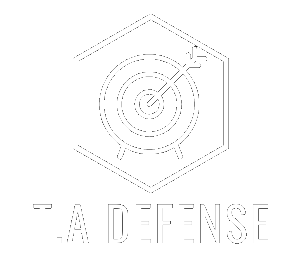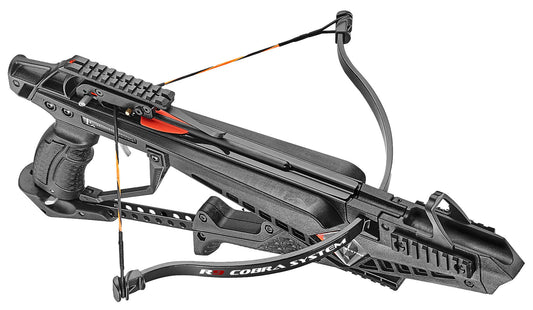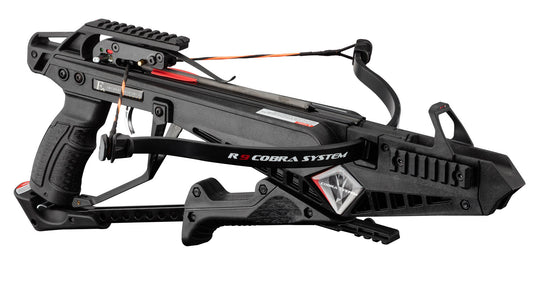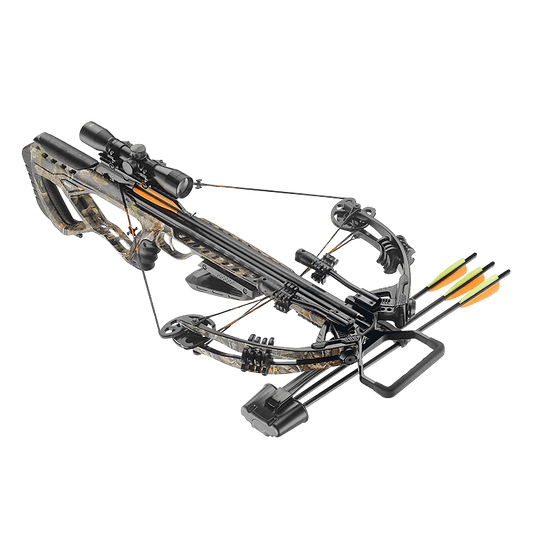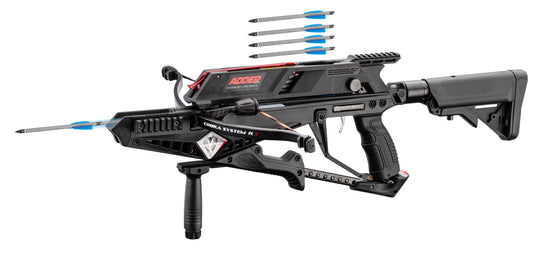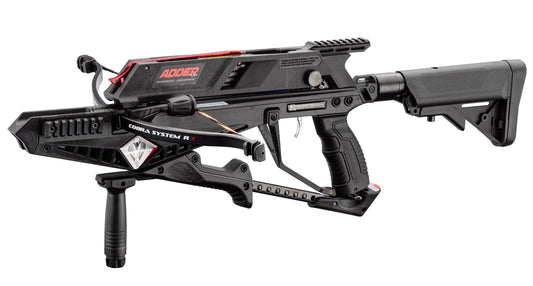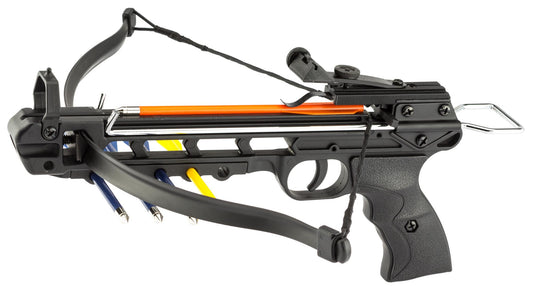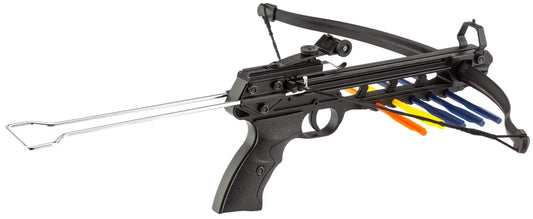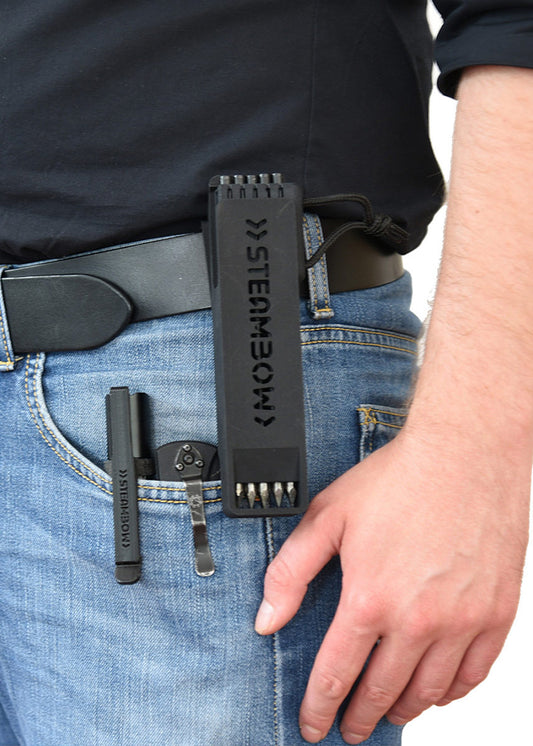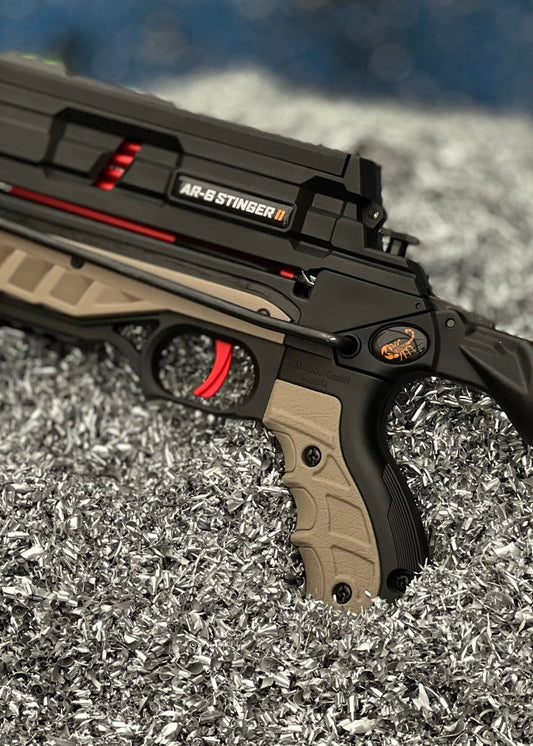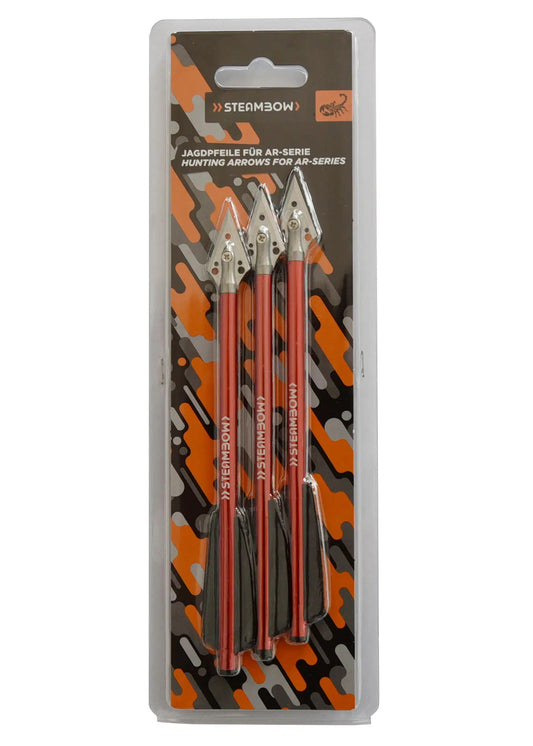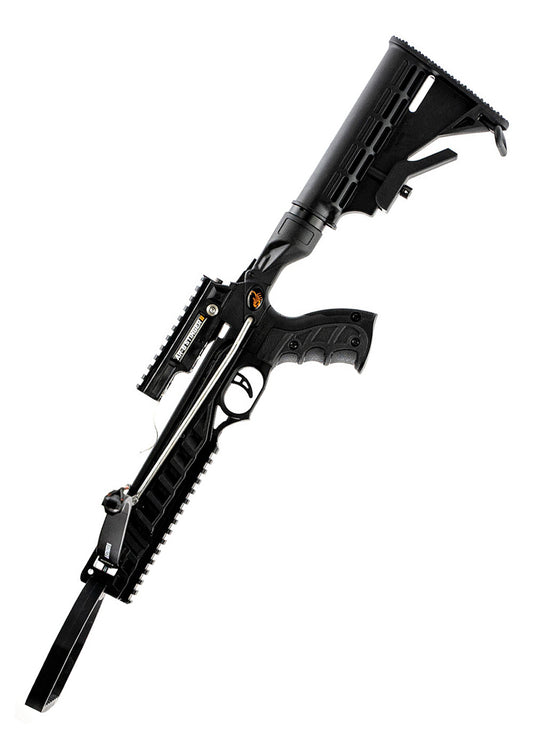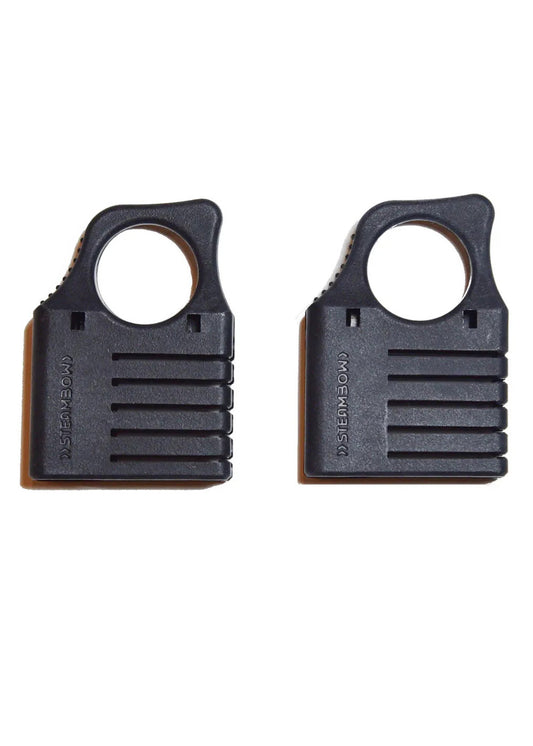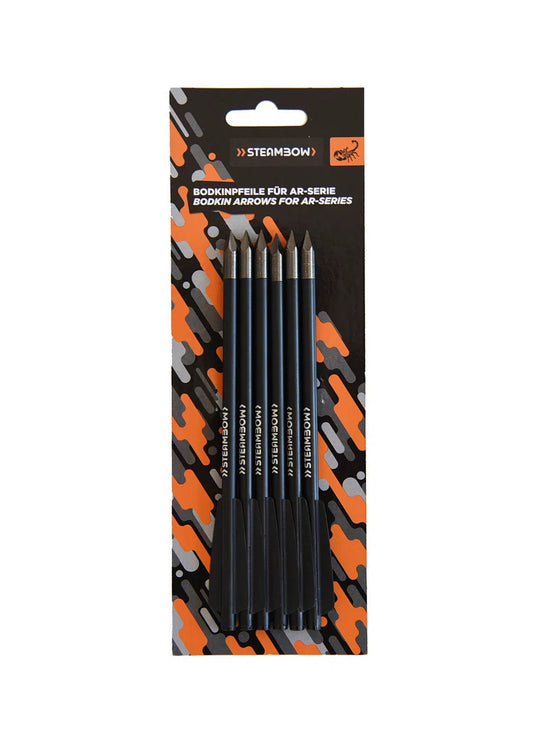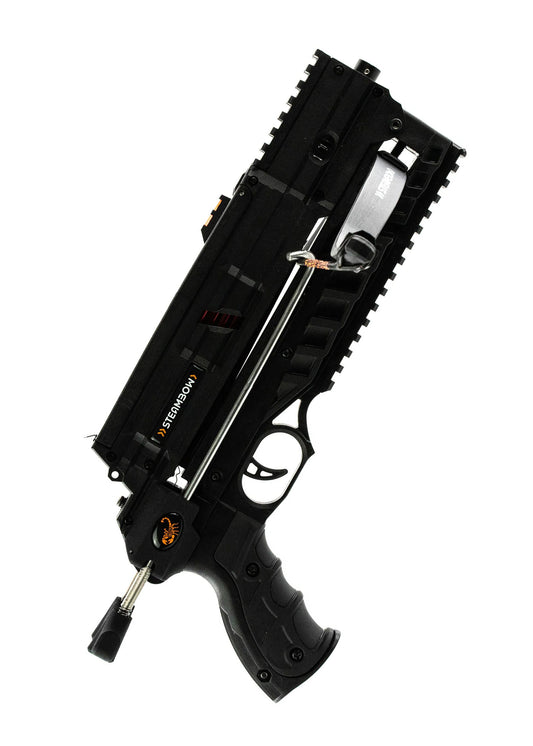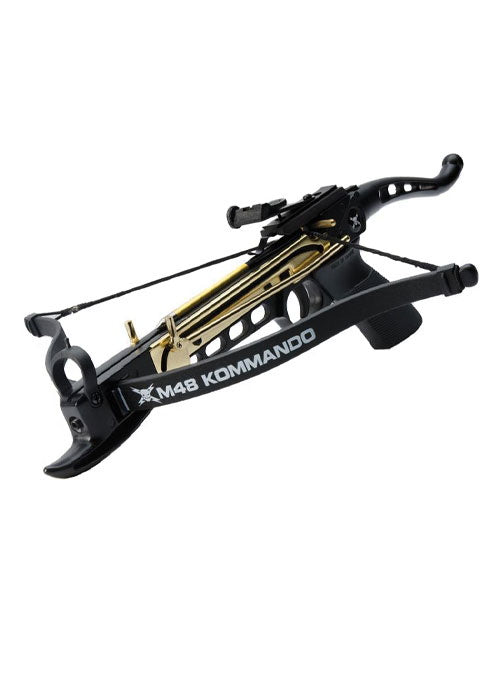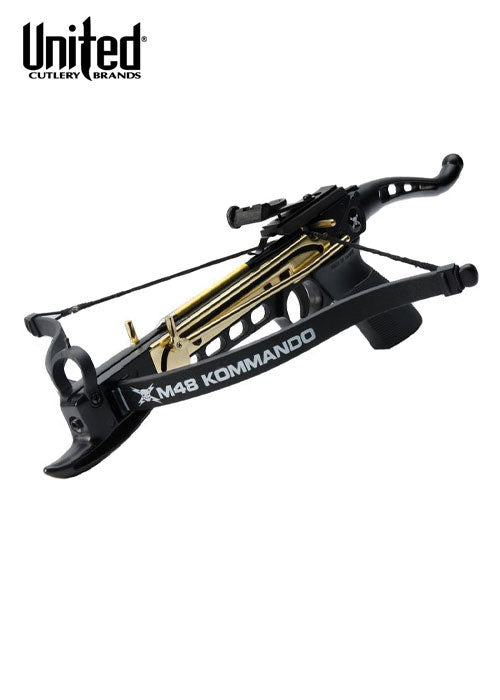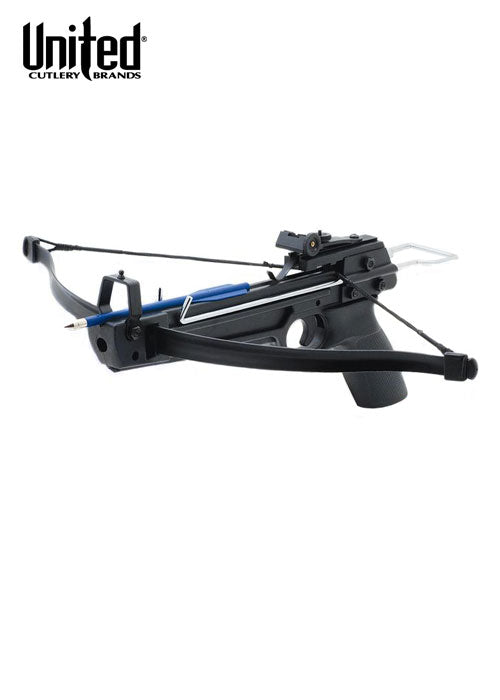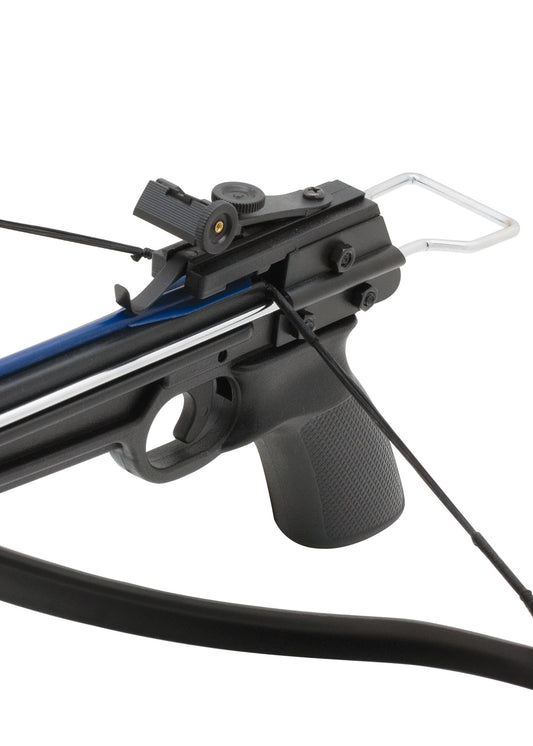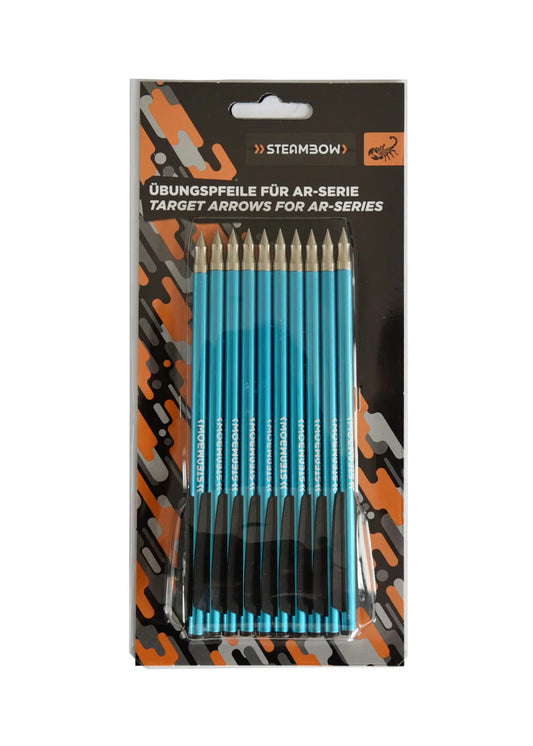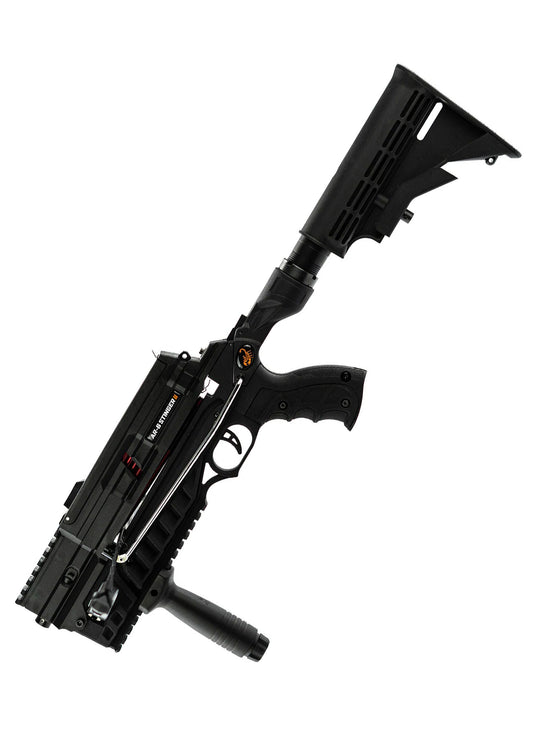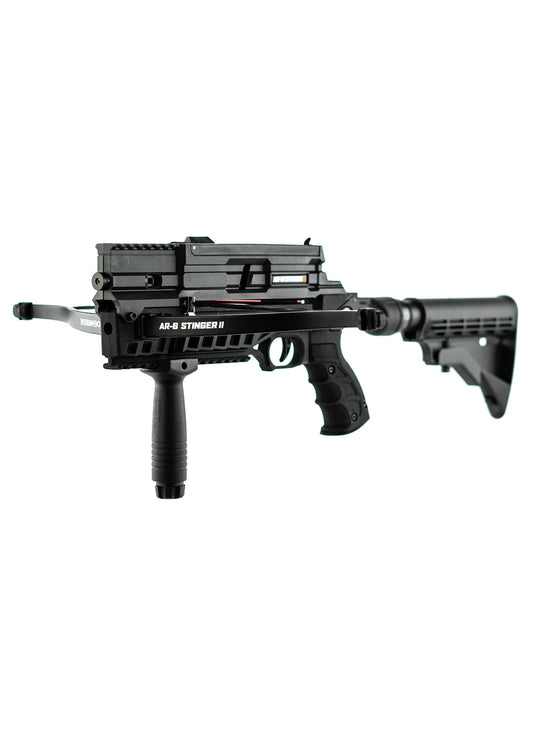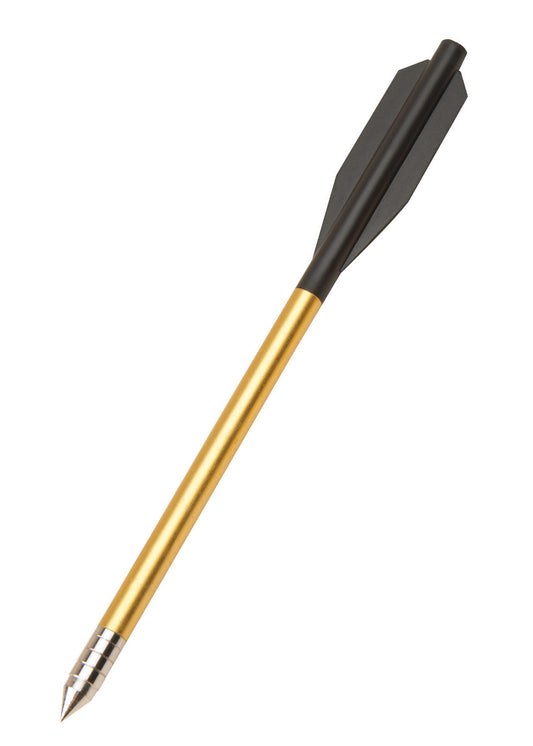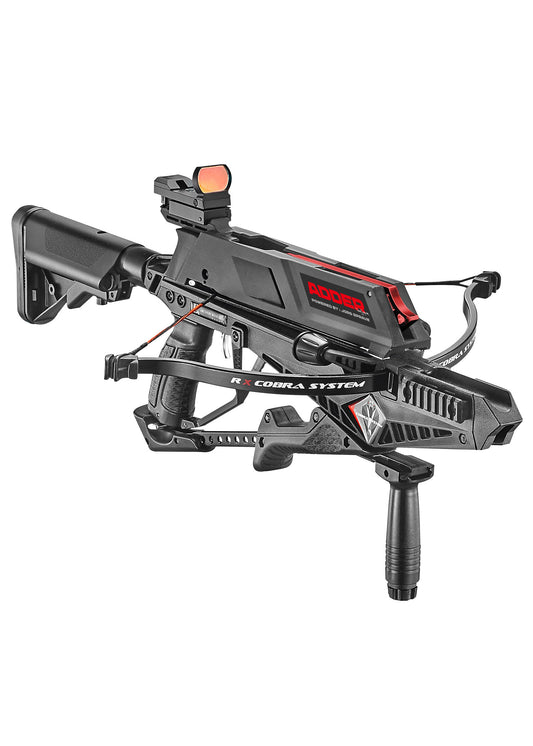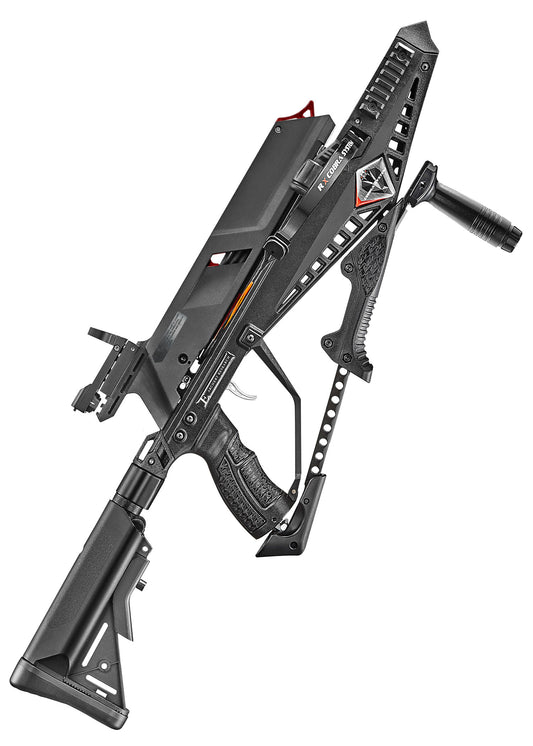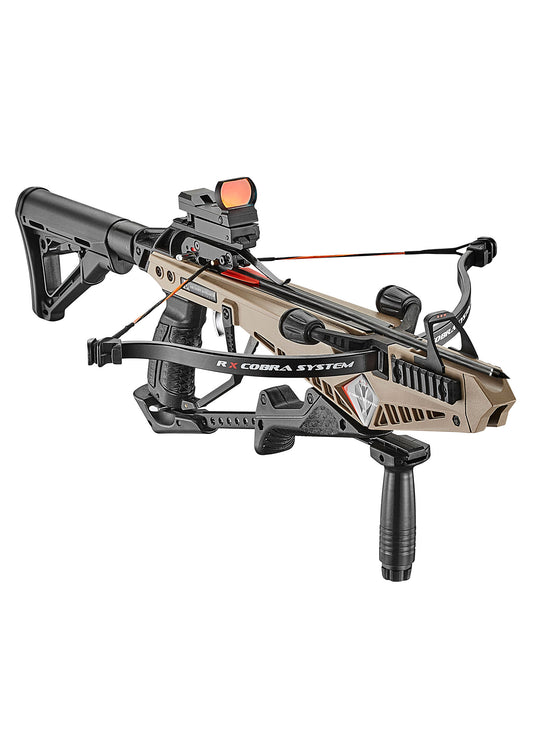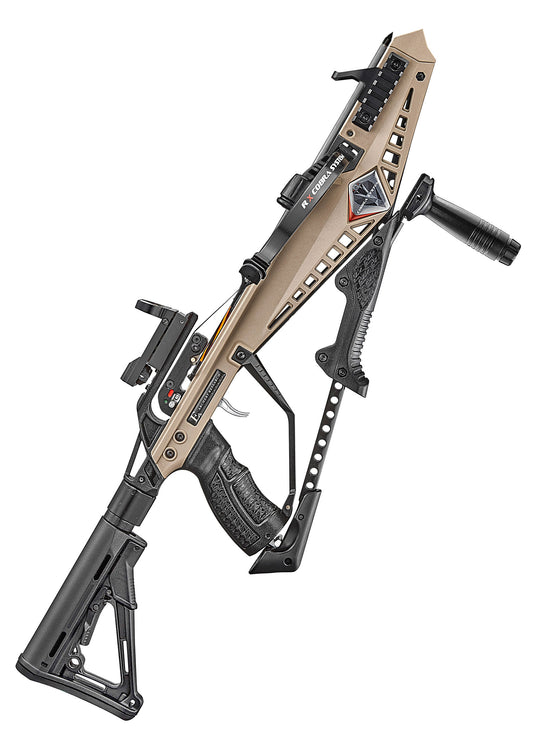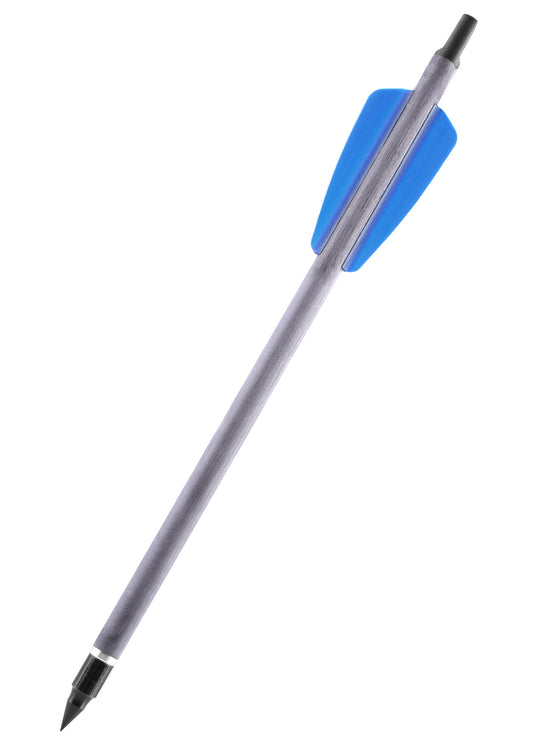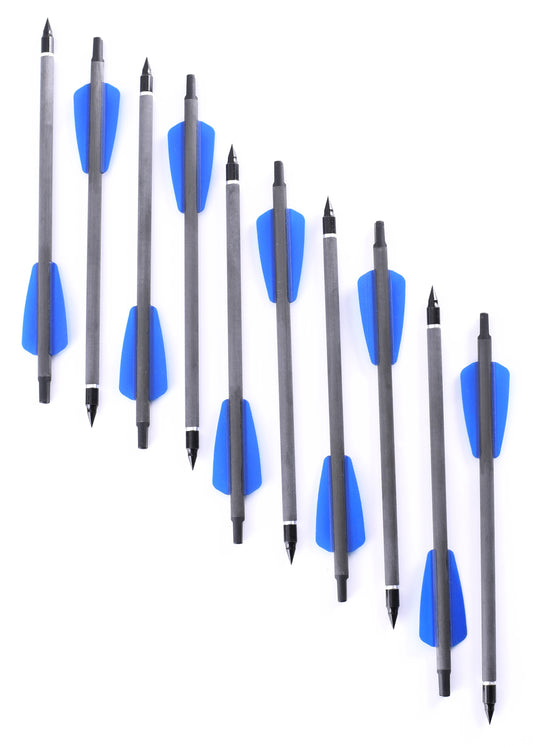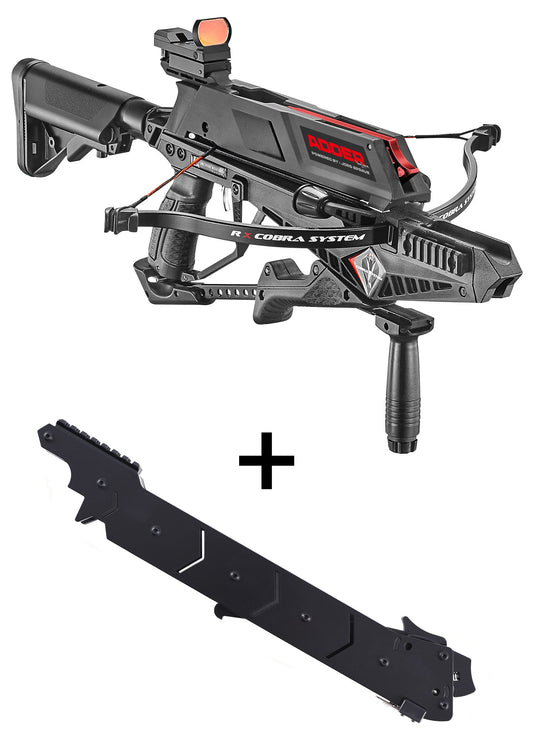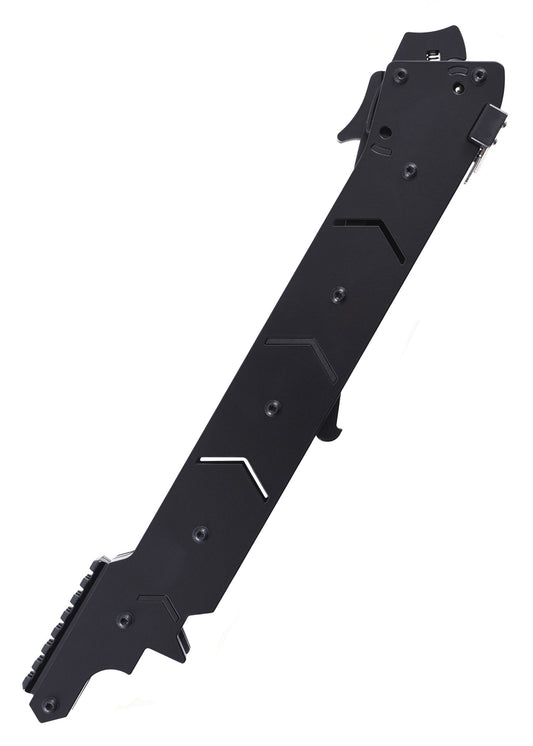-
Cobra R9 Crossbow 90 Lbs - EK-Archery
Regular price 179,90€Regular priceUnit price / per199,99€Sale price 179,90€Sale -
Guillotine Crossbow M+ folium 175 lbs - Ek-Archery
Regular price 549,90€Regular priceUnit price / per -
Adder x Bow 5-shot crossbow - EK Archery
Regular price 399,90€Regular priceUnit price / per449,90€Sale price 399,90€Sale -
CF101 mini pistol crossbow - Shoot Again
Regular price 84,90€Regular priceUnit price / per -
CF115 Mini Pistol Crossbow - Shoot Again
Regular price 49,90€Regular priceUnit price / per -
Tactical quiver for 5 arrows for AR-6 Stinger II
Regular price 39,90€Regular priceUnit price / per -
Lightweight trigger AR-6 Stinger II - Steambow
Regular price 29,90€Regular priceUnit price / per -
Pack of 3 hunting arrows for crossbow - Steambow
Regular price 35,90€Regular priceUnit price / per -
Stinger 2 Survival Crossbow - Steambow
Regular price 360,00€Regular priceUnit price / per -
Speedloader for AR-6 Stinger II (5 arrows) - Steambow
Regular price 36,90€Regular priceUnit price / per -
Pack of 6 Bodkin arrows for Stinger crossbow - Steambow
Regular price 35,90€Regular priceUnit price / per -
AR-6 Stinger 2 Parts Kit - Steambow
Regular price 35,00€Regular priceUnit price / per -
Mini tactical and compact crossbow AR-6 Stinger II - Steambow
Regular price 299,90€Regular priceUnit price / per -
M48 Kommando 80lbs Tactical Crossbow Pistol - United Cutlery
Regular price 89,99€Regular priceUnit price / per -
Mini crossbow 50lbs - United Cutlery
Regular price 34,90€Regular priceUnit price / per -
Set of 10 crossbow arrows - Steambow
Regular price 26,90€Regular priceUnit price / per -
AR-6 Stinger 2 Tactical Crossbow - 55Lbs - Steambow
Regular price 299,90€Regular priceUnit price / per -
Set of 12 crossbow arrows - United Cutlery
Regular price 19,90€Regular priceUnit price / per -
Cobra System RX Adder crossbow - EK Archery
Regular price 465,99€Regular priceUnit price / per -
Cobra R10 RX Crossbow - EK Archery
Regular price 299,90€Regular priceUnit price / per -
Stinger crossbow string - Steambow
Regular price 19,99€Regular priceUnit price / per -
Set of 10 arrows for Adder crossbow - EK Archery
Regular price 49,00€Regular priceUnit price / per -
Cobra 10 crossbow string
Regular price 34,24€Regular priceUnit price / per -
Cobra RX Adder automatic crossbow EK Archery
Regular price 599,95€Regular priceUnit price / per
Collection: Archery - Crossbows
Collection with a wide choice of bows and crossbows for everyone, experienced beginners, children and adults. Quality, safety and precision are there!
The crossbow is a weapon consisting of a bow mounted on a barrel and firing projectiles called bolts or arrows. Its power and precision are greater than those of a bow.
It is unclear where and when the crossbow originated, but it is believed to have appeared in China and Europe between the 7th and 5th centuries BC.
The crossbow is a weapon that launches shorter projectiles than traditional arrows, although their length can vary.
The bow of a crossbow is made of wood, iron or steel or nowadays synthetic materials. The crossbow was used in wars and for hunting and is still used today as a sporting weapon and for hunting (but not in France).
Find here our choice of high quality crossbows for everyone!
Below are some of the most frequently asked questions from new shooters:
Are there crossbows for right-handed and left-handed people?
No. Crossbows don't eject a shell casing like a rifle does, so you can shoot either way. You may need to move the supports of a quiver if it attaches to the side of the crossbow, but other than that there is no right or left.
It is an ambidextrous weapon.
Can I change the string on my crossbow?
Yes, but you will need to have the appropriate tools. The easiest way is to change the string using bow pliers which essentially allows you to remove any tension on the limbs to make changing the string easier.
What is the maximum distance my crossbow can shoot?
Modern crossbows are capable of projecting an arrow hundreds of meters, but without great precision. A very accomplished shooter might be able to hunt at distances up to 80 yards (the length of a football field) but this is a VERY accomplished shooter. Most beginning shooters should stick to 30 to 40 yards until they have enough time to ensure accuracy at greater distances.
Is crossbow hunting legal?
The use, carrying and storage of weapons are governed by Decree No. 2013-700 of July 30, 2013. In its first article, the text clearly defines what a weapon is. According to point 10, a bladed weapon is one which has a piercing, cutting or breaking action only when it is operated by human force or through a mechanism through which human force is transmitted. The provisions on bladed weapons thus apply to all forms of crossbow.
As it is potentially dangerous, the crossbow should be stored in a place inaccessible to children. In idea, when it is stored, it must be relaxed, but in practice, almost no one does this. However, these are arrangements made for security reasons.
The ideal is to store it in a carrying case which will make it much more discreet. For crossbows that serve as a rope mounted decoration, they must have a blocking device or trigger guard lock. As for the arrows, they must be stored separately.
What is the difference between a crossbow arrow and a crossbow bolt?
You may see the terms crossbow “arrow” and “bolt” used interchangeably quite often. This is actually incorrect. The true crossbow bolt, used for hundreds of years, is a heavy frontal projectile, without stabilizing fins. Modern projectiles used with crossbows that have flights or feathers are crossbow arrows, just like a regular arrow, but a little shorter to meet the requirements of the crossbow. We will also quite often talk about crossbow bolts.
What type of tips should I use?
You can use any type of point, but most crossbow shooters prefer mechanical points to fixed points. This is mainly due to the extreme speed of crossbow arrows. Having a fixed tip can affect your accuracy, while a mechanical tip will fly more like a field tip.
Can I cock it by hand?
The short answer is "yes" if you have the strength to pull it back. Cocking by hand is, however, less relevant than cocking by cocking string, because the bowstring may not be perfectly positioned, leading to variations in shooting. Otherwise, you must have the same strength in the right hand as in the left hand. A cocking rope is always recommended because it makes cocking easier by reducing draw weight by approximately 50%, and it also allows you to ensure the rope is centered for each shot.
